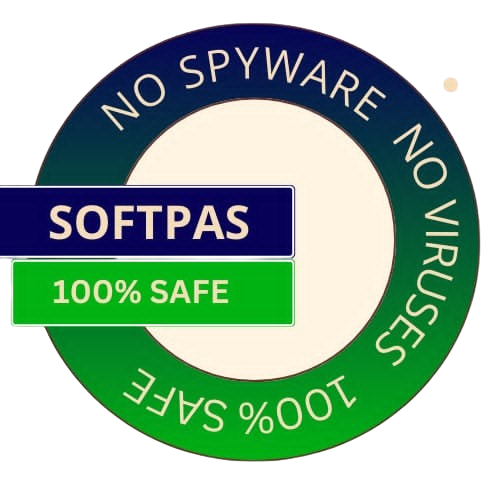
Get the best deals on your favorite games
Different categories of PC users have different demands when it comes to performance. Gamers seem to be the hardest to please from multiple points of view and their worst enemy is the input lag. This is described as the amount of time needed for the computer to finish drawing each and every action of the user.
The input lag comprises many components such as CPU / GPU time, frame transmission, double buffer V sync, LCD response time and last but not least, the mouse lag. Dealing with an average of 100 ms overall lag can be really annoying for experienced gamers. When compared to other lags, by default, the mouse lag may just have the lowest value. Nevertheless, this is the first element of the input lag chart.
Microsoft Windows automatically sets the mouse lag at 8 ms by limiting the USB polling rate at 125 Hz. Thus, the mouse polling rate has the same default value. This actually bottlenecks your high-resolution mouse, making the overall experience slower than expected. While it can be seen as a USB overclocking, the polling rate can be customized and set to 500 Hz, this being the recommendation of many users.
While having a positive impact on user experience, this operation stresses the CPU and motherboard of your computer and may result in hardware failure. If you choose to modify your polling rate, you are doing it at your own risk.
All that's left to do at this point in time is restart your computer, in order for the changes to take effect. You can also verify your current USB polling rate using specialized software such as Mouse Rate Checker before and after applying the patch.
Go to the Softpas website, press the 'Downloads' button, and pick the app you want to download and install—easy and fast!

SoftPas is your platform for the latest software and technology news, reviews, and guides. Stay up to date with cutting-edge trends in tech and software development.
Subscribe to newsletter
© Copyright 2024, SoftPas, All Rights Reserved.